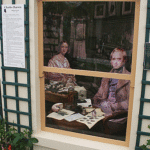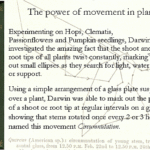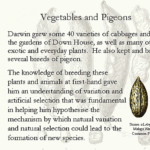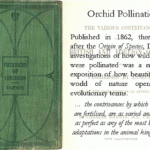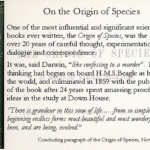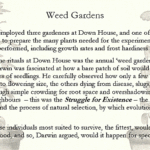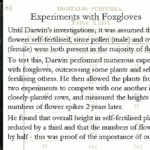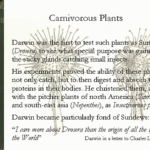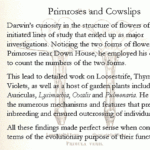2009 marks a double anniversary for Charles Darwin. Born 200 years ago, on the 12 February 1809 in Shrewsbury, England, his most famous book, The Origin of Species, was published 150 years ago on the 24 November 1859. To mark the occasion we constructed a part of Down House showing Darwin in his study with his wife Emma (“She has been my greatest blessing, and I can declare that in my whole life I have never heard her utter one word which I had rather have been unsaid.”). They raised seven children (“I have indeed been most happy in my family, and I must say to you my children that not one of you has ever given me one minute’s anxiety … there are, I suspect, very few fathers of five sons who could say this with entire truth”).
The National Botanic Gardens stand (below) with the real Down House (inset).

Charles Darwin’s fame stems from his insight into the mechanism of Evolution, which he was able to explain through his theory of Natural Selection. No other theory in science has proved so enduring, and it is a remarkable fact that every facet of natural history still confirms Darwin’s original ideas.
Darwin published books on a wide range of other subjects, from the geology of coral reefs, human and animal emotions, and a lifetime’s study of earthworms. His scientific experiments, particularly those on plants were simple but effective proofs of evolutionary adaptation.
In total he wrote 10 major works after the Origin of Species expanding his ideas to explain plant movement, the structure of flowers, the results of cross breeding and inter-breeding and the importance of earthworms.


